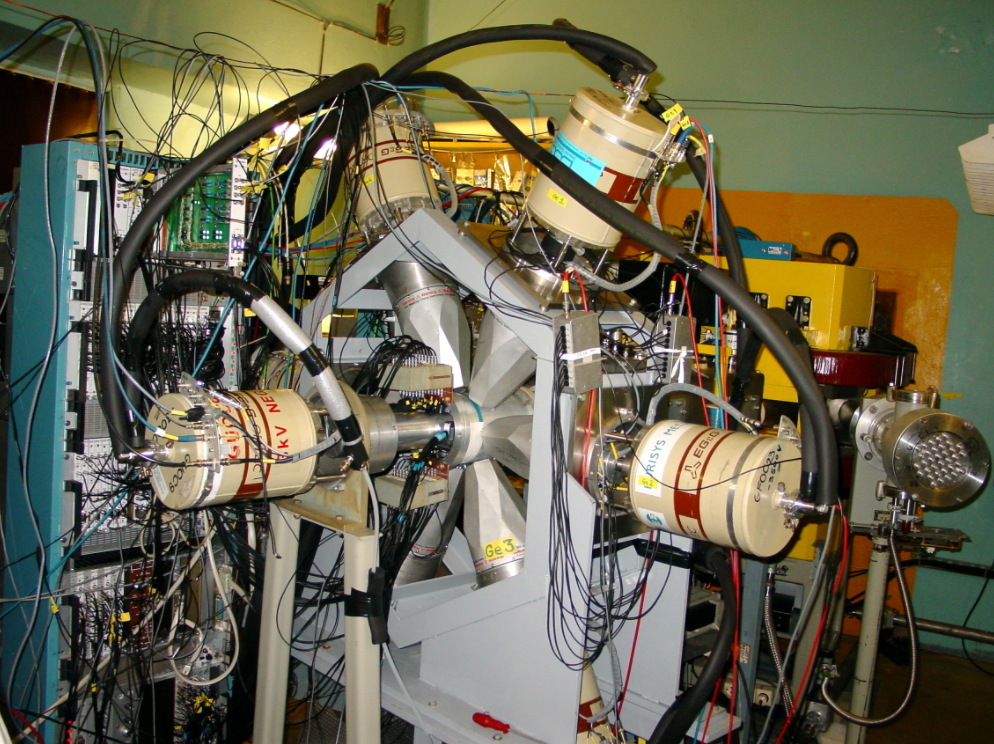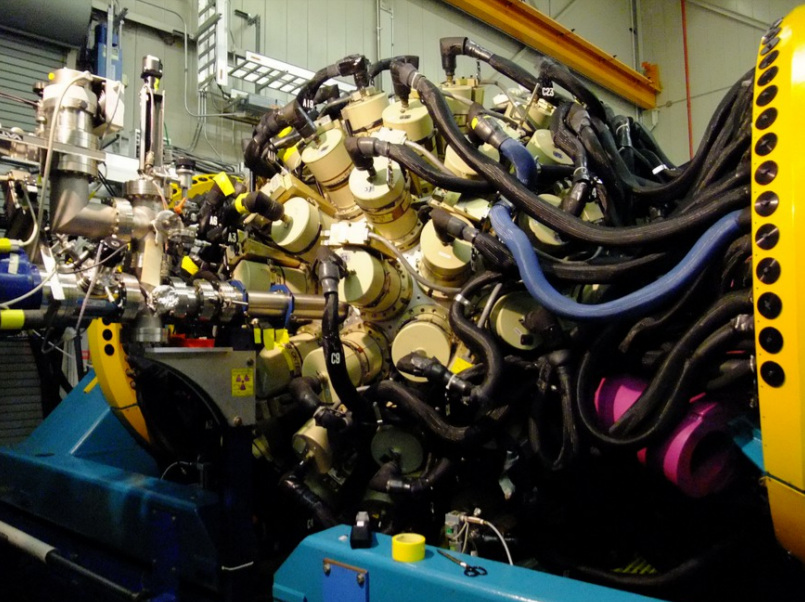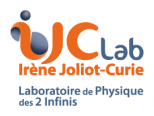Compared to other nuclei in the nuclear chart, heavy and super heavy nuclei are special in the sense that the Coulomb force between the numerous protons in the nucleus is no longer a small perturbation. This means that a small increase in excitation energy of the nuclear system leads to fission and that spontaneous fission ultimately dictates the stability of the heaviest systems. Such heavy systems represent a theoretical challenge due to the large density of states and polarizing effect of the Coulomb force. Growing electron relativistic effects also complicate the atomic structure of these elements. On top of addressing the fundamental question of the behaviour of nuclear matter in the presence of a strong Coulomb field, determining the properties of the heaviest nuclear systems has also an impact on the r process of nucleosynthesis, for which the final elemental abundances results from many cycles of subsequent neutron captures, beta decays and fission of a very heavy nucleus.
At IJCLab, 4 topics of research are pursued regarding heavy and super heavy nuclei:
Synthesis
Because the research of superheavy elements is at the same time an exploration of the terra incognita of the nuclear chart, finding optimal production mechanisms for these very exotic nuclei is a major topic of research. Theoretical predictions can differ by several orders of magnitude. Therefore, measurements of fusion-evaporation excitation functions are crucial and have been performed by our researchers using the GABRIELA array at the focal plane of the SHELS separator in Dubna and the GREAT array at the focal plane of the RITU spectrometer in Jyvaskylä. Other production mechanisms are also of high interest, such as the emerging topic of multi-nucleon transfer reactions, which is being investigated by our teams with experiments at GANIL and the Argonne National Laboratory (ANL). The foreseen upgrade of the SPIRAL2 injector to A/Q = 7 allowing high-intensity projectiles up to uranium (NEWGAIN project) will allow expanding these studies in France.


Fission
Fission is an important process which occurs either spontaneously or following a reaction or nuclear decay in the region of heavy and superheavy nuclei, however it remains a rather poorly understood (and ever more poorly described) phenomenon. Fission studies are being performed at the ALTO facility in Orsay using the LICORNE neutron source and the NuBall array and recently they have shed light on the generation of angular momentum in the fission process.
Nuclear and atomic structure
With the ultimate goal to improve the knowledge of their structure and build a reliable microscopic model to aid extrapolation into unknown areas, a considerable effort is ongoing, with the involvement of our teams, to determine the properties of heavy and superheavy nuclei by a broad range of methods. Our pole is involved in a number of international collaborations aimed at in-beam and decay spectroscopy experiments with heavy and superheavy elements, such as the SAGE array at Jyväskylä, the GAMMASPHERE and GRETINA arrays at ANL and the GABRIELA array at Dubna. We are also participating actively in the develoment of new such experiments which will be performed at the SPIRAL2 facility, either directly after the S3 spectrometer using the SIRIUS and Low-Energy-Branch setups, or using high-resolution, low-energy manipulation and spectroscopy techniques at the DESIR facility. In particular, we are contributing to the MLLTRAP setup, which is a Penning-trap spectrometer developed in the Accelerator Pole of IJCLab for mass measurements and in-trap spectroscopy first at the ALTO facility in Orsay and later at DESIR.
Nuclear theory
In collaboration with CEA-DAM, IJCLab is actively taking part in the interpretation of experimental results and guiding future experiments by performing microscopic calculations of static and dynamic properties of super heavy nuclei (QRPA and Bohr Hamiltonian).






